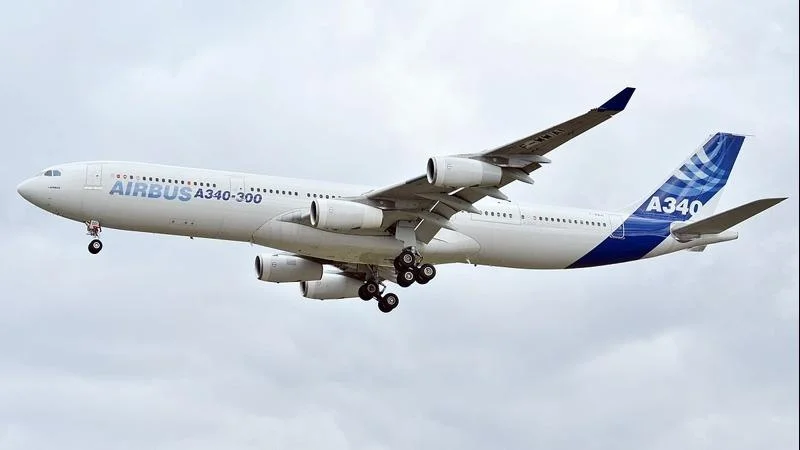The recent crash of Air India Flight 171 has brought attention to the role of the Ram Air Turbine (RAT) in aviation safety. The Boeing 787-8 Dreamliner, which was bound for London from Ahmedabad, tragically crashed into B. J. Medical College shortly after takeoff on June 12, resulting in significant loss of life both onboard and on the ground. Out of 242 people onboard, only one survived.
Reports suggest that the aircraft's RAT was deployed during the incident. This small wind turbine is connected to a hydraulic pump or electric generator and serves as an emergency power source when an aircraft loses its main engine power. "It is deployed during an emergency and is used to power vital flight systems and controls," explained a description of the RAT's function.
Investigations into the crash are ongoing, with teams from India's Aircraft Accident Investigation Bureau (AAIB), the UK's Air Accidents Investigation Branch, and the US National Transportation Safety Board involved in examining evidence including recovered black boxes.
 Alerts Sign-up
Alerts Sign-up








